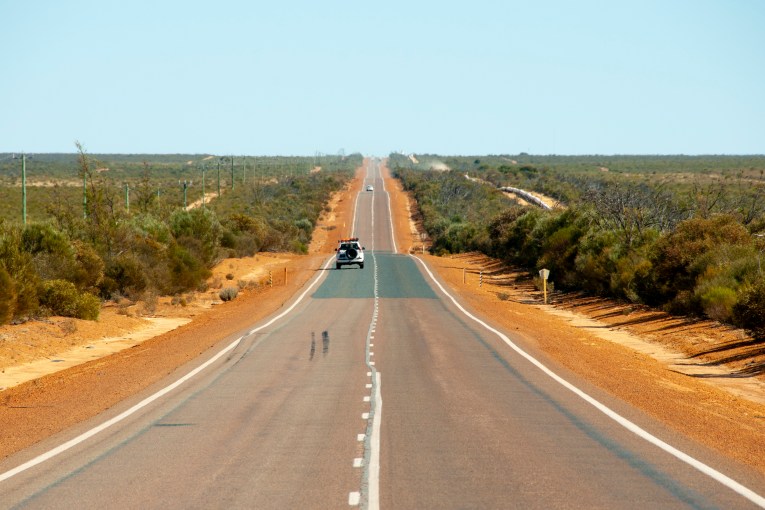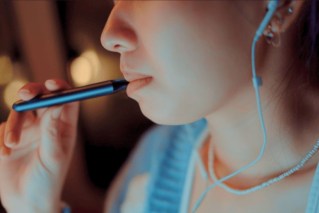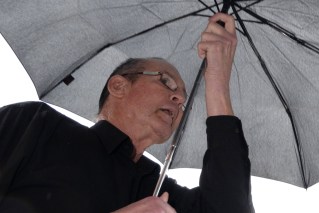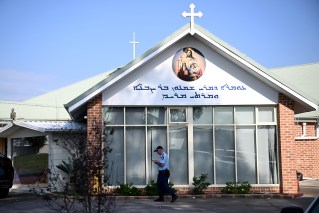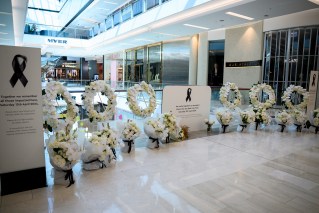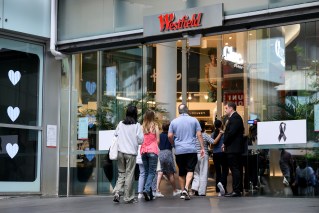Victorian primary school closes amid growing regional exposure

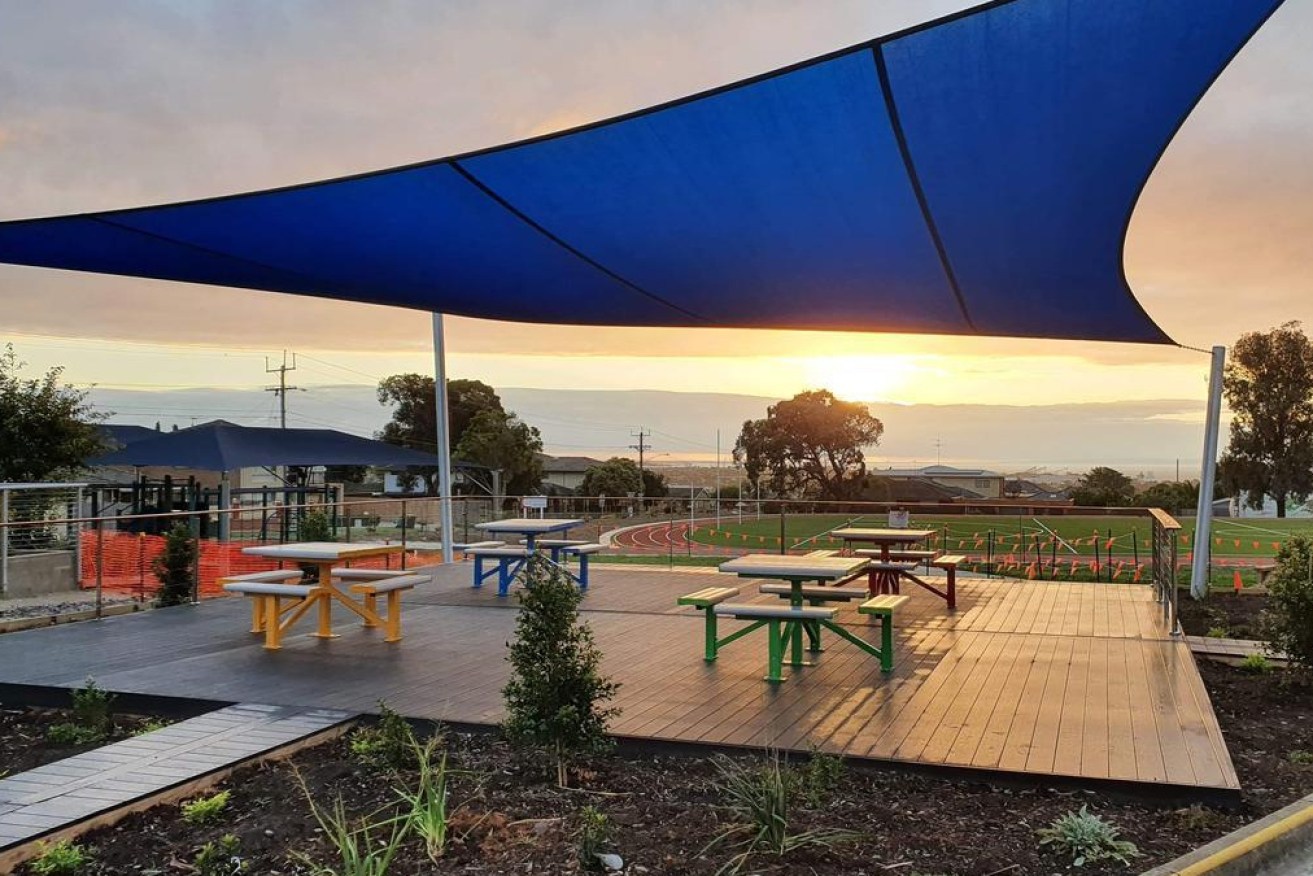
Rollins Primary School in Geelong is the site of one of the new regional Victorian cases. Photo: Rollins Primary School
A primary school in regional Victoria will close its doors after a student tested positive to coronavirus, amid a growing number of exposures in lockdown-free towns.
Families and teachers at Rollins Primary School in the Geelong suburb of Bell Post Hill were told to get tested if they came into contact with the child.
In an early morning Facebook post on Thursday, the school said: “The Department of Education and the Department of Health have informed us (11:22pm Wed) that the school will be closed today (Thurs) for a minimum of 24 hours – no student or teacher is to attend school.”
The school is one of a number of exposure sites emerging in regional Victoria but is yet to be named on the state government’s public list.
Cafes in Halls Gap, Warrnambool, Geelong, Stawell and Torquay have all been notified of ‘Tier 1’ exposures late Wednesday night.
There’s more on the Victorian situation, and the news from other locked-down states, below.
- Want to know more about the risk of coronavirus in kids? Read this
Victoria
Victoria’s health boss is open to throwing off the shackles of Melbourne’s COVID-19 lockdown before next weekend and possibly jettisoning a ban on home visits.
The state is on pace to reach its 70 per cent double vaccination target ahead of the indicative date of October 26, triggering the end of Melbourne’s long-running sixth lockdown.
Chief Health Officer Brett Sutton confirmed a decision could be announced as early as this weekend based on firmer vaccination projections as well as intensive care and hospital case numbers.
Under the state’s COVID-19 roadmap, home visits were set to be banned until 80 per cent of its 16-plus population received both vaccine doses.
But Professor Sutton said he was open to tweaking home gathering restrictions at the 70 per cent mark.
“We’ve always said, if we can do more, we will do more,” he told ABC Radio on Wednesday afternoon.
“We’re acutely aware of home gatherings leading to spikes and that was definitely a feature of (the AFL) grand final. They were people that didn’t normally come together.
“It’s different for families. If we can limit numbers, if we think the epidemiology looks okay, (I’m) absolutely open to that as well.”
Victoria recorded 1571 new locally acquired infections and 13 deaths on Wednesday, the state’s deadliest day of its third wave.
Prof Sutton noted the Doherty Institute modelling forecasts hundreds more deaths in coming months as restrictions ease across the state.
“The reality is our seasonal flu, year-on-year, causes an estimated 3000 excess deaths in Australia,” he said.
“That’s what we live with every year with flu. So we need to minimise to the fullest extent possible the deaths that we can.”
Meanwhile, Mitchell Shire on the regional northern fringe of Melbourne emerged from its local lockdown at midnight on Wednesday.
NSW
The galloping pace of vaccinations in NSW will likely force Premier Dominic Perrottet to confront a question: what do we do if we get to the 80 per cent target a week early?
The state’s reopening roadmap – and what adjustments will be needed if NSW reaches 80 per cent double dose by the weekend – will be the subject of discussion when Mr Perrottet meets with senior colleagues on Thursday.
The government has promised that the next stage of the post-lockdown reopening will start the Monday after the state reaches 80 per cent full vaccination among its eligible population.
With some 76.5 per cent of people over 16 already fully vaccinated by Tuesday, that could happen as soon as this weekend.
Vaccinations are outpacing earlier expectations, which would have seen the next stage reached on October 25.
The government’s COVID-19 and economic recovery committee – formerly known as crisis cabinet – will on Thursday discuss postponing regional travel given the lower vaccination coverage in rural communities.
“There has been concerns raised about regional NSW when you look at those double dose vaccination rates,” Mr Perrottet said.
“(But) we don’t make decisions on a knee jerk reaction. We make decisions in consultation with our health and economic teams.
Pubs, restaurants, gyms and shops have been open to the fully vaccinated since Monday.
The next stage would see outdoor gatherings of up to 50, 20 guests in a home, dancing at hospitality venues and drinking standing up at the pub.
NSW recorded 444 new locally acquired cases in the 24 hours to 8pm on Tuesday.
Four more people died, all from southwest or western Sydney.
Two were fully vaccinated but had underlying heath conditions.
More than 700 COVID-19 patients are in hospital, with 150 in intensive care – half of whom require ventilation.
ACT
Restrictions on cross-border travel between Canberra and surrounding NSW could be lifted in time for Christmas.
However, ACT Chief Minister Andrew Barr said open travel would be largely dependent on regional vaccination rates in NSW.
While a cross-border area where travel exemptions are not required was recently expanded, travel is still only for essential reasons.
“I appreciate it’s frustrating for everyone, but this is 99 per cent driven by NSW processes,” Mr Barr said.
“(Travel will be normalised) when NSW is in a position to do so and when we are in a position to do so.
“I anticipate based on the current vaccine trajectory that it will be in place in time for summer holidays and Christmas – it may even be December 1.”
The chief minister brushed off suggestions that unvaccinated people from surrounding NSW could cross the border and go to the pub in the ACT when Canberra’s lockdown ends on Friday.
Currently, unvaccinated people are barred from restaurants and pubs in NSW but no such restriction will apply in Canberra.
“We will fine them and someone will dob them in, and that’s what people are like,” Mr Barr said.
“If you turn up with NSW plates and have NSW identity documents, there’s a high chance you’ll be stopped at the border by police or in the ACT.”
It comes as the territory’s chief health officer Dr Kerryn Coleman outlined changes to contact tracing measures.
Low-risk locations – such as public transport, outdoor cafes and service stations – will no longer be listed as an exposure site should a COVID-positive case visit.
Only people who test positive for COVID, along with their close contacts, will be required to do 14 days in quarantine.
Dr Coleman said the measures would come into effect from Friday, when the ACT exits lockdown.
“Tracing efforts will change and will see a move away from completely tracing the movements of each positive case,” she said.
Dr Coleman said the territory’s high vaccine rate was also a factor in the decision to change contact tracing measures.
Vaccination rates in Canberra continue to rise, with more than 98 per cent of eligible Canberrans having received their first dose.
Figures also show 73.5 per cent of over-12s are fully vaccinated.
There were 51 new cases reported in the ACT on Wednesday, which was one of the highest single-day totals for the jurisdiction during the pandemic.
More changes to contact tracing arrangements are set to be made before October 29, when restrictions will ease further in Canberra.
-with AAP
